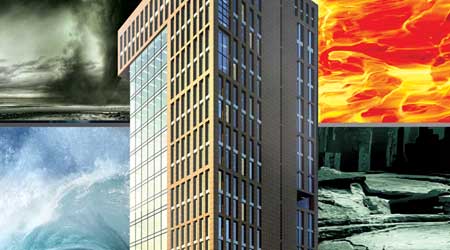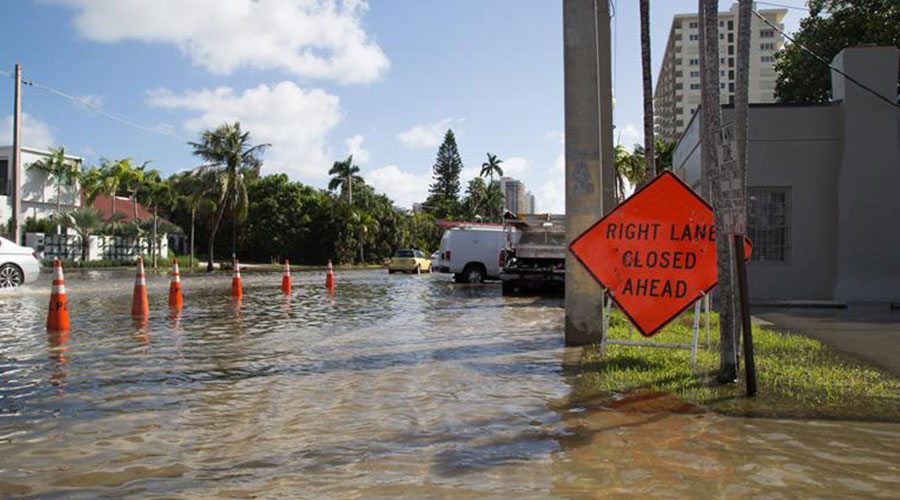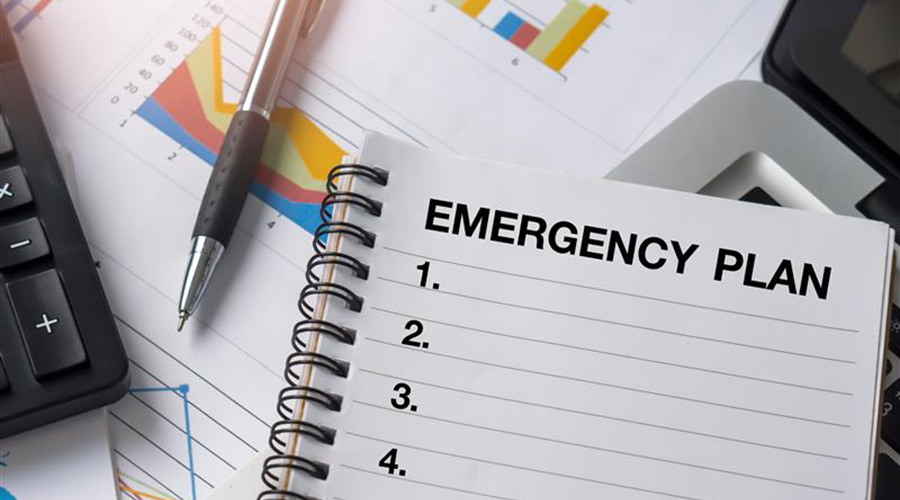Resilience: Introducing a 3-Article Special Section
Introducing a special package of three articles on resilience: Why it's more urgent than ever, how to make it work hand in hand with sustainability, and how to improve it.
By Greg Zimmerman, Executive Editor
A 3-ARTICLE PACKAGE ON RESILIENCE:
To read the articles in the package go to:
Why Building Resilience Matters More Than Ever
3 Ways Sustainability Complements Building Resilience
Using Planning, Checklists, Other Tools to Improve Resilience in Existing Buildings
After 9/11, because burning fuel was determined to be a catalyst that sped the collapse of the World Trade Center buildings, New York City changed its building codes to require fuel storage at a building’s lowest level. During Hurricane Sandy, as flood waters poured into buildings and swamped fuel storage tanks, many buildings lost their ability to refuel backup generators. As well, fuel oil mixed with flood waters, spilling out into the streets, creating a toxic environment. So New York changed its building codes once again, allowing fuel to be stored above the flood line.
These two catastrophic events and the resultant code changes show how difficult making buildings resilient can be. "The risk profile for any building is changing," says Jim Newman, founder and principal of Linnean Solutions. "Facility managers are used to working within a pretty static risk environment, but that’s changing relatively quickly."
As climate change and its resulting weather-related disasters become more extreme, resilience has become a non-negotiable imperative for facility managers — as important to their jobs as just about anything else they do.
But much of the coverage of resilience these days is about the design of new buildings. There’s a definitive dearth of information and advice for facility managers on how to make existing facilities more resilient. Our three-part package on resilience endeavors to fill that void and move readers beyond the buzzword to provide tangible advice on just how important resilience is for their buildings.
We start with a discussion of what resilience is and why it has become so critical. Then we show how sustainability — which most facility managers are working on in some capacity anyway — and resilience are complementary. And we wrap up by providing specific steps facility managers can take now to improve the resilience of their facilities.
However facility managers choose to focus on resilience, one thing is clear: It’s a concept that will continue to be critical. As Ellen Vaughan, policy director, sustainable buildings, for the Environmental and Energy Study Institute, puts it: "There is a growing realization that we need to ‘future-proof’ buildings to withstand, adapt, and respond to changes and threats."
Prioritizing resilience for their buildings is the best way facility managers can do just that.
A 3-ARTICLE PACKAGE ON RESILIENCE:
To read the articles in the package go to:
Why Building Resilience Matters More Than Ever
3 Ways Sustainability Complements Building Resilience
Using Planning, Checklists, Other Tools to Improve Resilience in Existing Buildings
Related Topics:












